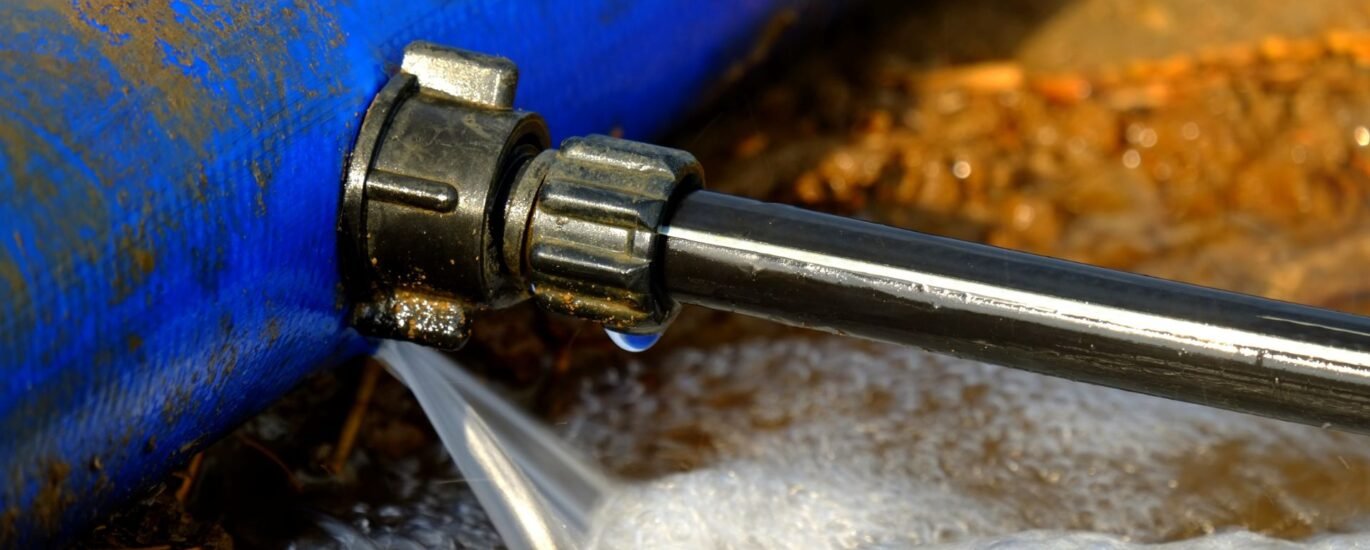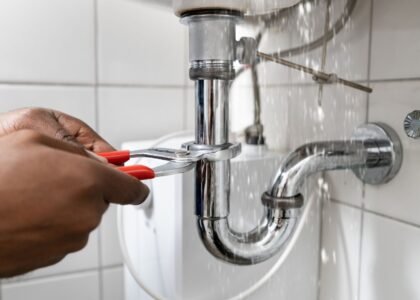Introduction
If you suspect you have a slab leak, knowing what the detection process looks like ahead of time can help you stay calm, ask the right questions, and avoid surprises. This post walks you through the typical steps from initial suspicion to diagnosis, using methods trusted by professionals like A-Plus Plumbers Walnut Creek.
Step 1: Initial Assessment
- Discuss visible and audible signs: high water bills, damp spots, mold smell, etc.
- Inspect property model, plumbing layout, slab type.
- Visual review: look at floors, walls, foundation perimeter.
This helps technicians decide which detection tools are needed.
Step 2: Non-invasive Tools
Professionals often begin with methods that cause minimal disruption:
- Acoustic listening devices: pick up sounds of water under concrete.
- Thermal imaging cameras: spot hot or cool zones caused by leaks.
These techniques help locate problem areas without damage to your floors or yard.
Step 3: Pressure Testing
- Isolate sections of your plumbing system.
- Apply pressure and monitor for drops to confirm leak presence.
- Helps narrow down the area that needs more detailed inspection.
Step 4: Video Inspection
Some pipes (especially drain or sewer lines) are tricky to inspect visually. Video cameras inserted inside pipes provide live footage of internal damage: cracks, blockages, or root intrusion.
Step 5: Leak Location & Reporting
Once the leak is identified, the technician will:
- Mark the exact area (on slab or in pipe).
- Explain findings in plain terms: what caused the leak, how severe it is.
- Discuss repair options, timeline, and what to expect.
Step 6: Follow-Up & Prevention
After detection & repair:
- Monitor the area for signs of reoccurrence.
- Maintain good landscaping practices to prevent root intrusion.
- Check drainage around foundation.
- Regular professional inspections help catch future leaks early.
What Makes Expert Slab Leak Detection Different
- Skilled use of multiple technologies (acoustic, thermal, video).
- Minimal invasive work: only where needed.
- Clear communication with homeowners.
- Depth of experience: knowing local soil, foundation types, common plumbing layouts.
This is what the service at A-Plus Plumbers provides. If you want expert attention to your slab leak concern, use the resources in our slab leak detection page or contact us today.
Why the Process Matters
- Reduces unnecessary damage to flooring, walls, landscaping.
- Cuts back repair time and costs.
- Improves accuracy and safety.
- Gives peace of mind, knowing exactly what’s wrong and how serious it is.
Conclusion
Understanding the slab leak detection process—from the first sign through investigation and repair—equips you to make informed decisions. If anything feels off in your home—warm spots, moisture, or sound—you don’t need to guess. Professionals are ready to help, using precise tools. For help with detection, or to schedule an inspection, please contact us or follow the detailed service info at our slab leak detection page.



